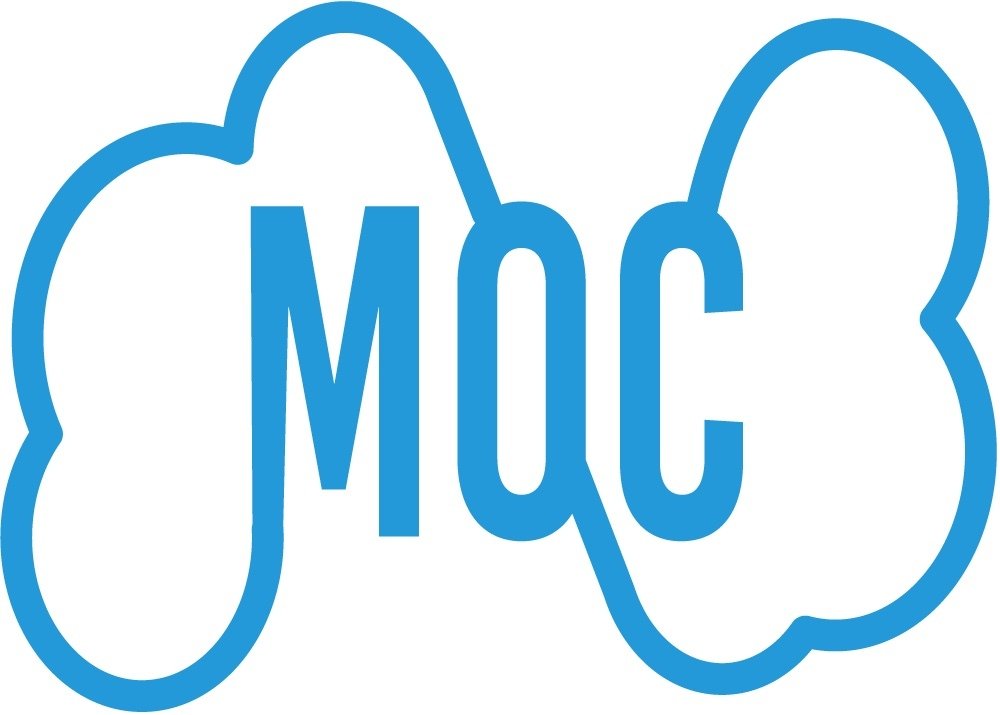
A partnership between Red Hat and the MOC Alliance is making a low-cost, open production cloud for AI research available to non-commercial users.
Much of the innovation in AI is happening in academic institutions. However, applying the potential of artificial intelligence and machine learning to the major social and environmental challenges of our time requires a volume of data and level of computational power not available to most academic researchers today. Currently, only the most well-resourced companies and institutions have access, limiting the diversity of ideas and contributing to the problem of systemic biases in AI.
Red Hat Research and the MOC Alliance are working to address the challenge of AI research access through the New England Research Cloud (NERC) and Red Hat OpenShift AI. The NERC platform now offers AI-as-a-service to researchers and institutions for non-commercial use at a significantly lower cost than what is available from standard cloud providers. OpenShift AI provides a fully supported environment where data scientists and researchers can rapidly train, deploy, and monitor AI/ML workloads. With this addition, NERC levels and expands the playing field for AI research by charging researchers only the real costs of compute, support, and storage.

The open nature of NERC will also enable rapid innovation by a broad community as AI evolves. As part of the MOC Alliance, which includes the Red Hat Collaboratory at the Hariri Institute for Computing and Computation Science and Engineering at Boston University, NERC benefits from the contributions of systems researchers specializing in research infrastructure. According to BU professor Orran Krieger, MOC Alliance director and co-director of the Red Hat Collaboratory, “The exciting value of the open cloud platform we have at NERC is not just the value it brings by making inexpensive production cloud services available to AI researchers, but the fact that many system researchers can get involved in enhancing and developing new systems.”
Democratizing access
NERC is housed at the Massachusetts Green High-Performance Computing Center (MGHPCC) and operated as an institutionally supported professional service by research IT offices at Harvard University and BU. As part of the open cloud ecosystem, NERC provides a public production cloud aimed at serving scientists and researchers in any domain. Research domains currently using NERC include chemistry, physics, computer science, ecology, social science, neurobiology, genetics, education, and public health.
Unlike enterprise-oriented public clouds such as Amazon Web Service (AWS), Microsoft Azure, and Google Cloud, NERC charges users enough to be self-sustaining and nothing more. Fees cover only equipment, operational staff, rack space, software licensing, and limited administrative costs. Users can expect to pay between one-half to one-third of standard public cloud rates, and rates are expected to drop substantially as the project scales. Both institutions and individuals can sign up for the service.
“The dramatically lower rates of NERC as compared to public clouds, combined with an AI platform like OpenShift AI that allows researchers to focus on their problems, will make NERC the platform of choice for much of the AI research and education happening nationwide,” Krieger said.
Scaling up
Researchers will be able to access extensive resources through NERC, including more than 500 servers and substantial distributed storage. By the end of 2023, NERC will also add 64 NVIDIA A100 GPUs in 16 liquid-cooled servers to its current stock of A100s, V100s, and K80s. The addition comes thanks to a partnership with Lenovo that sees Lenovo participating in the risk and reward of the open cloud rather than merely servicing NERC as a customer.
“It’s exciting for us to build a new consumption model besides purchasing, which enables access for more users, and it’s exciting to be a part of these universities getting together and building something that’s going to be a win-win for everyone. It’s a win for the MOC Alliance, a win for researchers, and a win for Lenovo because we get to be a part of it,” said Vlad Rozanovich, Senior Vice President, Infrastructure Solutions Group, Lenovo. Rozanovich added, “Solving humanity’s greatest challenges is at the heart of Lenovo’s mission, and contributing to this project gives us an opportunity to walk the talk on that.”
NERC is prepared to scale existing services quickly as new users come on board, for example, as the US National Artificial Intelligence Research Resource (NAIRR) Task Force begins distributing a proposed $1 billion in grants for AI research. The open nature of the project makes it possible for partners to rapidly replicate NERC, creating a federated open cloud to meet national demand.
Innovation potential
A diverse community has formed around the potential of the open cloud. Participation comes from multiple sectors, including tech investment firms Two Sigma and G-Research, cloud solutions providers VMWare and Cloudflare, and hardware makers Intel, AMD, Lenovo, and Schneider Electric, among others. This involvement provides a substantial foundation for galvanizing the rapid development of innovations in cloud services to enable systems support for AI. Projects like the Red Hat Collaboratory, the Open Cloud Testbed, the proposed national Center for Systems Innovation at Scale Participation (i-Scale), and the open source medical AI platform ChRIS are designed to enable the system research and open source community by developing and enhancing services for NERC users.
The open nature of NERC also extends its capacity as an engine for innovation. “The platform is open source from the applications down through all software levels to the kernel, and NERC users can see and make changes to the code stack as needed to try new things,” said Red Hat US Research Director Heidi Dempsey. Red Hat and the MOC Alliance have been working together to make all the telemetry and information about the cloud available to the open source and systems research community to enable broad collaboration. All operational and configuration information will be available in open source repositories, allowing organizations to replicate the NERC platform in other locations.
Said Krieger, “The OpenShift AI platform on NERC can rapidly evolve with a set of real and demanding users solving real problems. Given the fast pace of progress in AI and the extensive systems research community around the open cloud, innovations can happen much more quickly here than on the closed platforms OpenShift AI competes with.” As a result, open source platforms will have a significant competitive advantage in a wide variety of computing environments.
Enhancing education
OpenShift AI is already used at BU as a scalable environment for faculty and students that enables interactive lectures and presentations, student exploration and homework using open source software, and collaborative authoring, publishing, and sharing of course materials. With the expansion of NERC access, faculty using OpenShift AI for education can shift from using AWS to using NERC at a fraction of the cost in the coming year.
Student participation in building NERC provides a different kind of educational benefit. “Open systems and open software give students equal access in building this environment for AI, so they can have the chance to directly influence the systems they are working on and not just consume services,” said Dempsey. University students have had the opportunity to do hands-on work in projects that impact real infrastructure, software, and operations tools in the NERC through internships, student-proposed projects, PhD thesis research, and Red Hat Collaboratory grants.
Get involved
Researchers and educators interested in using the NERC platform can send a message to help@nerc.mghpcc.com to learn more. NERC also welcomes additional collaborators to this effort, including institutions interested in participating in NERC and the community of researchers, open source developers, and companies engaged in solving the problems of an open cloud. Please contact Orran Krieger and Heidi Dempsey.

